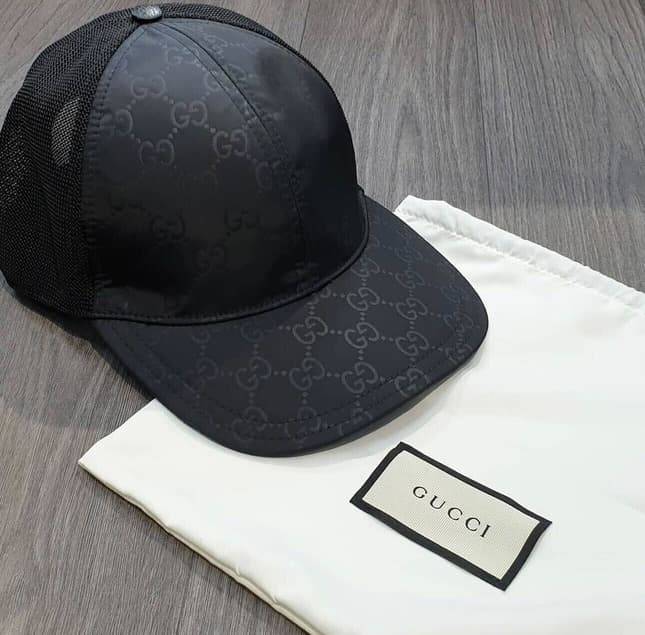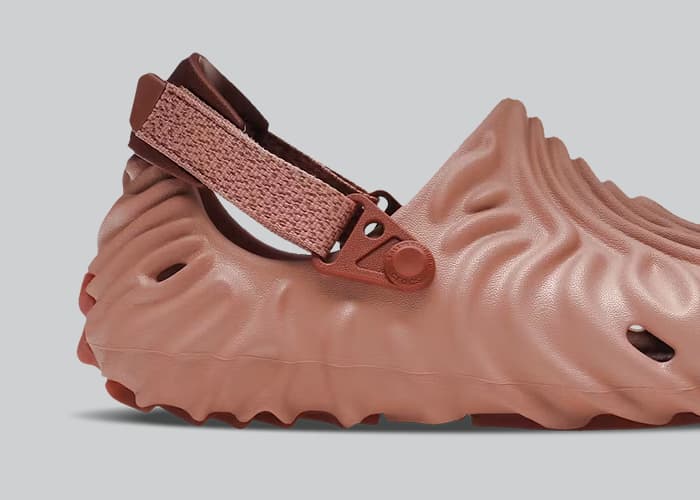The post-COVID-19 era in fashion has been defined by a revitalization of subcultures, each emphasizing self-expression and individuality. The Y2K aesthetic has dominated GenZ trends, in part because of its DIY nature and affordability. A resurgence of lowrise denim, baggy pants, and edgy vibes straight out of a Linkin Park Hybrid Theory music suggests the trend isn’t slowing down. Coupled with the harsh economic realities of our day, the writing is on the wall for Autumn’s next big cultural revitalization: Grunge.
Today, while rap and hip-hop dominate street culture and fashion, rock music is slowly returning to the zeitgeist, thanks to platforms like TikTok which has been instrumental in reviving heavier music to GenZ. Bands like Led Zeppelin, Deftones, Nirvana, and modern Hardcore outfits are receiving hundreds of millions of views on FYPs, introducing an aesthetic that has parents in disbelief that their generation’s cultural trends are back.

Fashion is cyclical, and with the growing influence of Y2K, it was only a matter of time before grunge — a culture phenomenon in the 90s — made its return to the collective consciousness. Here’s a comprehensive breakdown of Grunge, and how the music and fashion are making a substantial revival to mainstream fashion.
What Is Grunge?
Grunge is a musical movement credited to a few Seattle bands in the late 1980s that developed a sound at odds with mainstream rock music at the time. By the late 1980s, Glam, or Hair Metal, was starting to feel dated. Grunge was born as an antithetical movement from the mainstream. Instead, Grunge bands looked to the sludgier, darker guitar tones of pioneers like Black Sabbath, and inspired by the attitude of punk outfits like Black Flag.
The music was darker compared to the hair metal counterparts both sonically and lyrically. Grunge bands wrote about the horrors of mental illness, drug abuse, alienation, and self-doubt, which resonated with a new generation of listeners. While you can trace the roots of this new musical phenomenon well before Nirvana took over the world, bands like Stone Temple Pilots, Pearl Jam, and Alice in Chains alongside Nirvana ironically propelled this subgenre to worldwide appeal, turning a once underground sound into the biggest cultural moment of the 1990s.
While we can’t get into the intricate details of the genre here, if you want a crash course into the genre, consider Nirvana’s Bleach, Alice in Chains’ Dirt, and Soundgarden’s Superunknown. Spoiler alert: the fashion of this era directly correlated with the attitude of the music.
Grunge Fashion in the 90s
While a plethora of pioneers helped propel the fashion of grunge to the mainstream, two characters arguably changed the way a new generation in the ‘90s dressed — the two late greats Kurt Cobain and Layne Staley.

Kurt Cobain, frontman of Nirvana, embodied the grunge look that defined the decade. He often wore flannel shirts, cardigans, and torn jeans, coupled with Converse on feet. His signature disheveled blonde hair and thrift store finds became synonymous with the movement, arguably kickstarting the modern vintage movement altogether. Cobain’s fashion choices embodied the anti-fashion sentiment of grunge, as he intentionally eschewed traditional rock star attire in favor of a more unassuming and relatable image. His fashion sense was a stark departure from the excesses of the 1980s glam rock era, aligning perfectly with the raw and emotionally charged music that Nirvana produced.
Layne Staley, lead singer of Alice in Chains, also played a significant role in shaping grunge fashion. Staley’s style incorporated elements of punk and goth, often featuring leather jackets, band t-shirts, and dark, layered clothing. His long and later dyed hair added to the overall aesthetic, clearly pulling influences from punk and hardcore. Staley’s fashion choices complemented the darker, more introspective themes present in Alice in Chains’ music, further connecting the visual and sonic aspects of grunge.
The fashion of grunge was marked by its accessibility and thrift-first ethos. It was a stark departure from the glitzy and extravagant fashion trends of the 1970s and 1980s, deliberately embracing a sense of non-conformity and individuality. Flannel shirts, torn denim, oversized sweaters, and combat boots were common staples of the grunge wardrobe. The overall look conveyed a sense of apathy towards fashion norms and societal expectations, aligning perfectly with the disillusionment and alienation expressed in grunge lyrics.
It cannot be understated how grunge fashion was an integral part of the subculture, providing fans with a visual identity that resonated with the music’s raw and authentic spirit. It remains an enduring and influential style, with echoes of grunge continuing to influence contemporary fashion trends. Luxury houses like Balenciaga, Vetements, and smaller brands like Bare Knuckles have all taken inspiration from Cobain, Staley, and other trailblazers of the era. In the 2010s, Fear of God arguably single-handedly revitalized grunge in a modern setting with the brand’s use of flannels, blown-out denim, and band tees, a look that clearly defined the entire fashion ecosystem following the Swag era.
Grungecore Today and the Revitalization of Alternative Music
While Fear of God helped revive grunge in popular culture in the 2010s, a main criticism at the time was how commercially successful this new interpretation was received, without paying homage to the music and culture.
Thanks to TikTok and Instagram Reels, the music is once again at the forefront of the culture. Because GenZ is already hyper-aware of thrifting thanks to Y2K, grunge looks are now more accessible than ever. Vintage flannels, thrashed t-shirts, Levi’s 501s, and a pair of Chuck Taylor’s are all relatively affordable for most consumers.
This isn’t to say that this new wave of grunge isn’t met with a modern flare, either. Baggier trousers, an abundance of jewelry, and high-end accessories are being incorporated with new interpretations of the culture, surely to leave a lasting impression on this new generation. Brands like Supreme, Undercover, and adidas are paying homage to grunge, incorporating tropes of the fashion in a modern context.
Grungecore stands as a testament to its enduring roots, drawing direct inspiration from the iconic figures and bands that once defined an entire generation. This revival represents a resounding victory for both fashion and music, with a profound commitment to preserving the authenticity and integrity of its origins. As the movement continues to evolve, it not only pays homage to its influential past but also reaffirms the enduring impact of grunge on both style and sound. In this resurgence, there’s a genuine reverence for the genre’s core values, solidifying its place as a timeless and influential force in current culture.



















